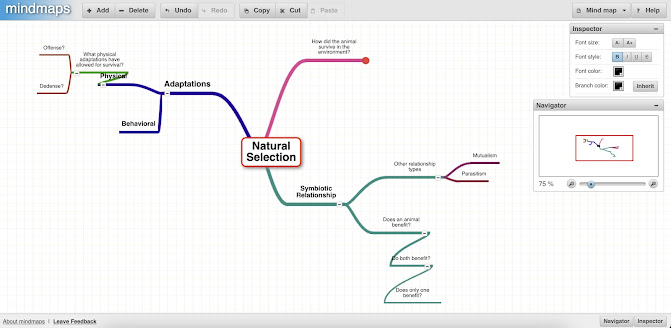Last Blog Post! We did it!
Relationship between SAMR & TLC
SAMR is an element of TLC, more specifically SAMR is connected to learning. SAMR is based around the idea of how student learning can be transformed through the use of technology. My general conclusion about SAMR is that the framework or steps are intended to deepen the connection of learning for students with the goal being able to create new learning. As a teacher moves through the stages within the SAMR model and get to Modification and Redefinition students are accessing new ways of learning through the use of technology, but SAMR/tech aren't the learning themselves. The skills of the teacher and their learning goals for the students will determine if the use of technology was effective.
SAMR Model and Integrating with Intention
I think the SAMR model is a good reminder that nothing can replace intentional and effective teaching teaching. A good teacher will be able to take different tech mediums and apply them in the class to engage students, but the key part is the teachers involvement. Tech may make tasks streamlined or easier, but that should not devalue the learning. The SAMR model can assist me keeping me in line with my goal which is to transform learning for students, I should strive to modify or redefine learning when using tech. Take for example this web application that illustrates the scale of our universe.
This has been perviously impossible to show at this level, but that alone doesn't make it effective based on the SAMR model. If students just look at the site, mess around with it they are not getting the full definition experience. I need to apply context within this tech like having them look at a carbon atom, comparing that size then connecting it to construction of a glucose molecule which contains carbon. Then having students build a 3D model of glucose, students will be able to get attach their context therefore gaining a deeper understanding.
SAMR Analogy
The above image isn't an analogy, but I felt it was a great graphic for wrapping your around the different stages or steps of SAMR. The picture does a good job at capturing how each step is different when integrating tech into the classroom.
This is a good analogy for SAMR in my opinion. I like how you can see the natural progression of innovations for brewing coffee here, and how that ties into SAMR stages ending with Redefinition which completely changes the game. When Keurig machines came out the whole industry was rocked and different innovations started coming out as a result. Also, I just like coffee.
Level of SAMR Used Most
I have a feeling that I will be mostly in the Augmentation and Redefinition levels the most. Using tech to streamline day-to-day tasks, but also striving for most technology we use to benefit students. I want tech to be game changers when students use them. I am slightly worried that the "novelty" of tech waring off, so when we engage with unique programs I want students to be amazed by it. I want quality over quantity.
Thank you for reading, I hope you all make it out of the last week without losing too much sleep.










